Blog Details
The Battle to Make the Thinnest Watch
June 27, 2024
A story of extraordinary engineering and absurd one-upmanship, all for the sake of microns
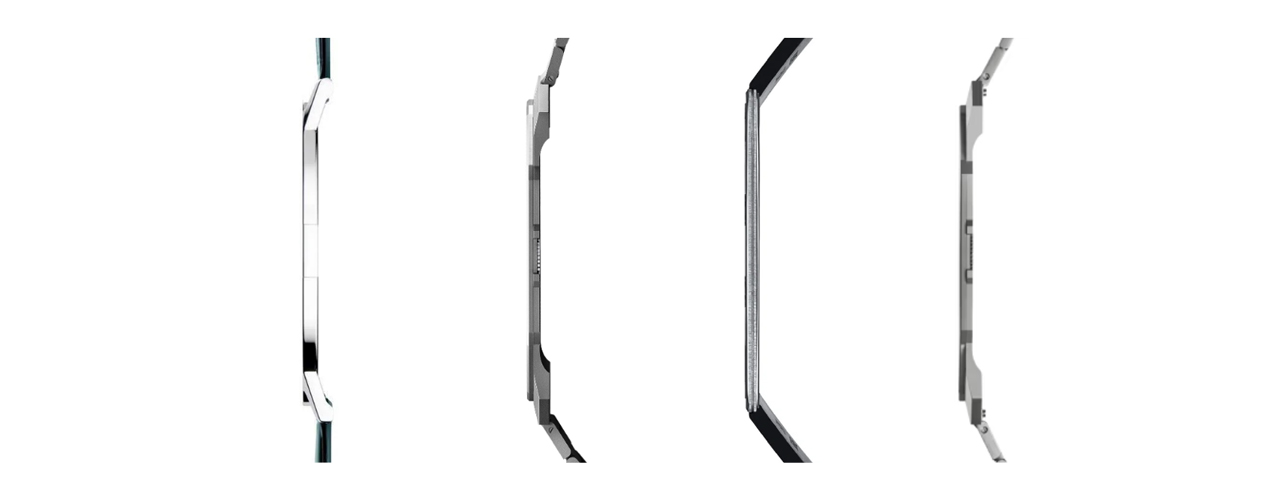
What is a watch? Conventionally, a timepiece is composed of a separate movement, dial, and case with a single crown responsible for both winding the mainspring and setting the time. For years, the thinnest watches adhered to these norms, and with impressive results. In 2013, the 3.65mm Piaget Altiplano Ultimate 900P changed the rules of the game. Unlike prior record holders, the caliber 900P sneakily used the caseback as its baseplate. Just two years later, Jaeger-LeCoultre fired back with the Master Ultra Thin Squelette. Its 3.6mm thickness was achieved the old-fashioned way: with a separate ultra-thin movement. In fact, the caliber 849 it housed originally debuted in the 1990s. But the laws had already been broken, and it was only a matter of time before Piaget would reclaim the record. In 2018, the Altiplano Ultimate Concept Watch did exactly that, but few could have anticipated how spectacularly it vanquished all previous record holders.
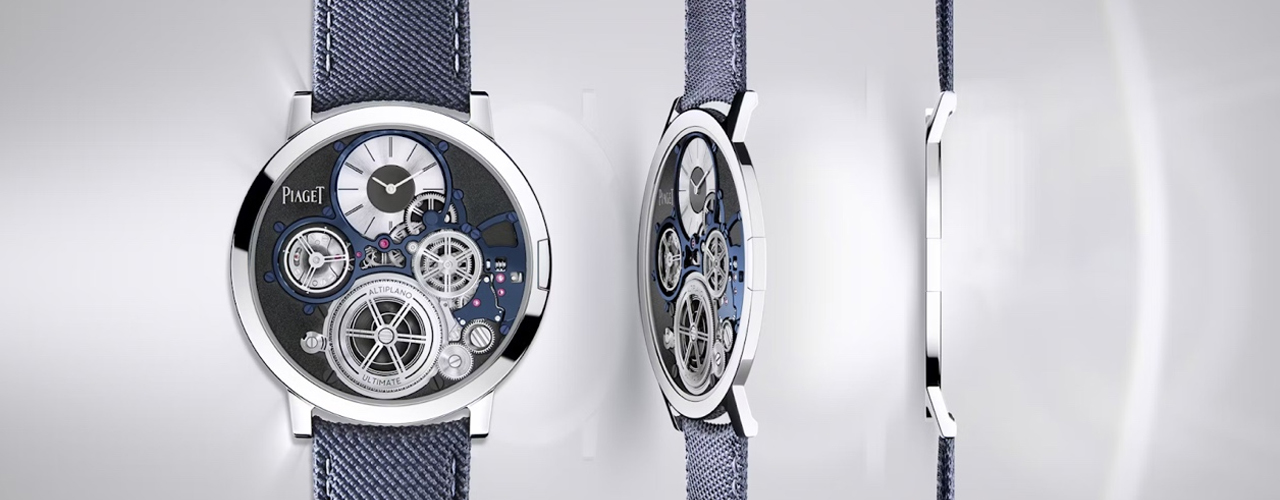
Measuring an astonishing 2.0mm thick, the Altiplano Ultimate Concept Watch is almost two-dimensional. If placed on a level surface, the watch would barely rise above the top of a nickel. Even more impressively, the watch is a full 1.6mm thinner than the JLC it dethroned. So just how did Piaget do it?
The Altiplano Ultimate Concept was the culmination of half a decade of effort. Piaget’s Research and Innovation division took four years to develop the prototype alone. The ambition of the project required a number of changes to the conventional way of making watches. For instance, the Ultimate Concept is so thin that using regular materials would allow the case to bend. Piaget instead needed to fashion the caseback out of an extremely rigid cobalt alloy. Purportedly, the sapphire crystal was so close to the balance that a static field was created, requiring an anti-static coating to prevent the hairspring from becoming magnetized. Needless to say, the crystal was also mind-bogglingly thin at 0.2mm.
The movement had to be as thin as possible as well. Beyond the most obvious measures like making gears thinner, Piaget employed several ingenious watchmaking tricks. Engineers placed the motion works, the gears which move the hands, at the same level as the going train. Both the barrel and balance wheel are solely supported from below without the bridges that would usually hold them in place. Like the Altiplano Ultimate from five years prior, the caseback also forms the mainplate of the caliber 900P-UC. Unlike its predecessor, the crown of the Altiplano Ultimate Concept is noticeably absent, having been cleverly integrated into the case. All told, the watch required five patents to develop.
Despite its extraordinary achievement, Piaget had not done absolutely everything to shave microns off its 2.0mm marvel. Indeed, there were some sacrifices the brand was unwilling to make; the AUC retained a single crown for winding and setting and the hour and minute hands shared the same dial. Bulgari had no such reservations. In the last eight years, the Italian jewelry house had developed the thinnest tourbillon, minute repeater, automatic watch, self-winding tourbillon, chronograph, tourbillon chronograph, and perpetual calendar. The brand had one more category to conquer: the thinnest mechanical watch.
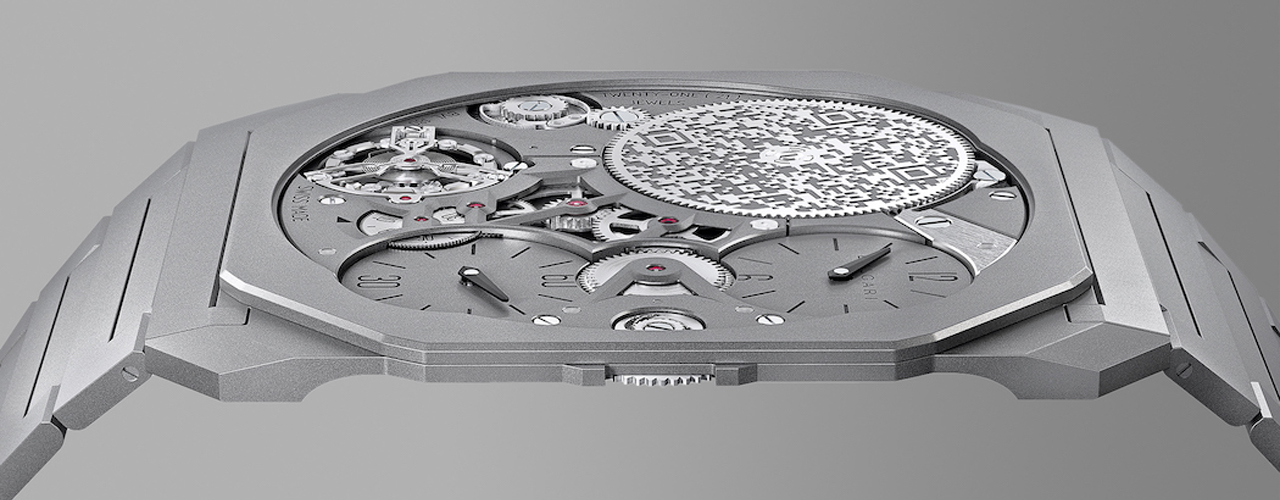
The Bulgari Octo Finissimo Ultra took eight patent applications and three years of research and development to create. The BVL caliber 180 inside is a mechanical masterpiece composed of 170 components, each refined to be supremely slim, machined to mind-bogglingly tight tolerances, and arranged to minimize vertical space. The balance, for instance, does without an overcoil and conventional shock device system; instead, the three-armed balance bridge protects against perturbations. Of course, the company also employed Piaget’s tricks of placing the time display level with the movement and using the caseback, made of ultra-rigid tungsten carbide in this case, as a mainplate. Unlike the Altiplano, instead of a single dial displaying the hours and minutes, the watch has two. Instead of a single crown for winding and setting, the watch has two knobs awkwardly protruding from the caseback. What did all of this toil, ingenuity, and sacrifice yield? A €400,000 timepiece that at 1.80mm thick beat the Piaget by a mere 0.20mm.
The release caused quite a stir. In a bizarre marketing move, Bulgari decided to emblazon the very visible ratchet wheel with a QR code associated with an NFT–it was March 2022, after all. But more importantly, the 0.20mm improvement over the Piaget was so slight that for a moment it might have seemed that the Octo Finissimo Ultra was the last word in record-holding ultra-slim watches. However, this perception was short-lived. It had not even been half a year until the next challenger stepped into the ring. This time, the NFT gimmick was swapped for tried-and-tested co-branding, yielding the Richard Mille RM UP-01 Ferrari.
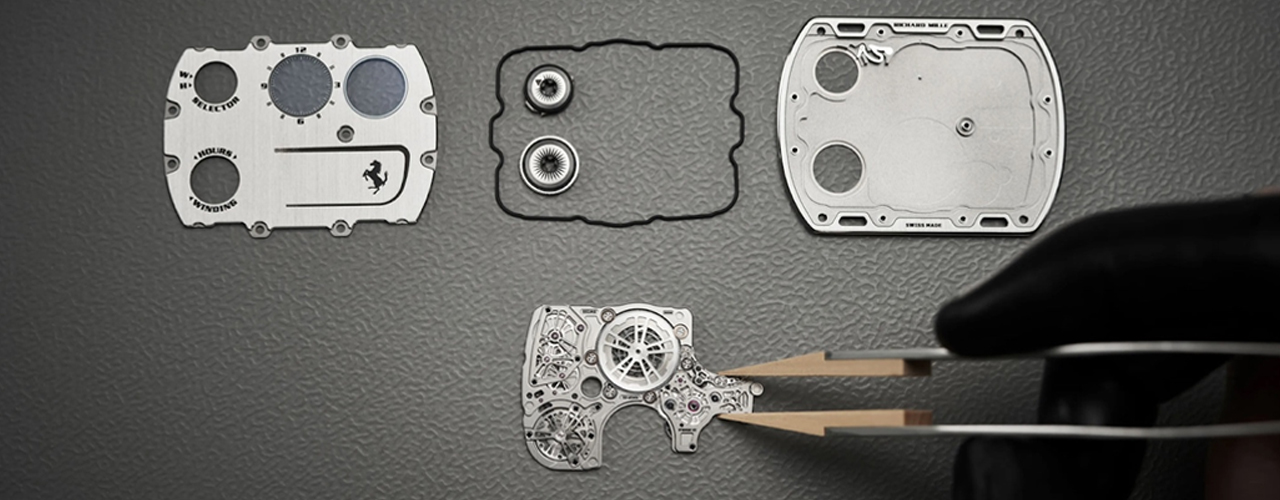
Beyond high prices, what extreme thinness has to do with Ferrari is unclear. The RM UP-01’s product page makes vague allusions to shared values, including that the carmaker’s “models make no concessions.” Ironically, the RM UP-01 is the result of many compromises made for the sake of mere millimeters. Just like the Bulgari it dethroned, the model forgoes a conventional crown. Instead, a function selector in the front of the case allows the wearer to switch between winding and setting. A second disc beneath is responsible for the actual setting. It is hard to say these tactics did not pay off; while the Altiplano was nearly as thin as a nickel, the 1.75mm RM UP-01 would sit flush with a quarter.
To be fair to its competition, Richard Mille gave itself much more horizontal space to play with. The movement alone measures 41.45 by 28.85mm, wider than the Bulgari’s case. However, this advantage may be negated by the decision to once again separate the movement from the dial and case. The caliber RMUP-01, therefore, had to be exceptionally thin. Engineers at Richard Mille developed and patented a new escapement to shave millimeters off the height, yielding a movement that is a mere 1.18mm thick. Due to its thinness, the skeletonized mainplate underwent extensive tests to ensure it met strength requirements. In typical Richard Mille fashion, the company has also ensured the RMUP-01 can withstand accelerations of 5,000 g, and the separation of the movement from the case gives the watch additional shock resistance.
The wide movement required a wide case. Measuring 51mm across and 39mm tall, the monobloc case is made of ultra-light grade 5 titanium. Thanks to this choice of material and the skeletonization of the bridges and mainplate (which are also made of titanium), the RM UP-01 weighs only 30g including the rubber strap. The case also lacks a conventional dial. Instead, a titanium plate attaches to the caseback with Richard Mille’s distinctive spline screws. A small opening set into this slab of metal displays the hours and minutes, while an additional aperture exposes the escapement. Released as a limited edition of 150, this two-dimensional watch could be yours for the bargain price of $1.88 million.
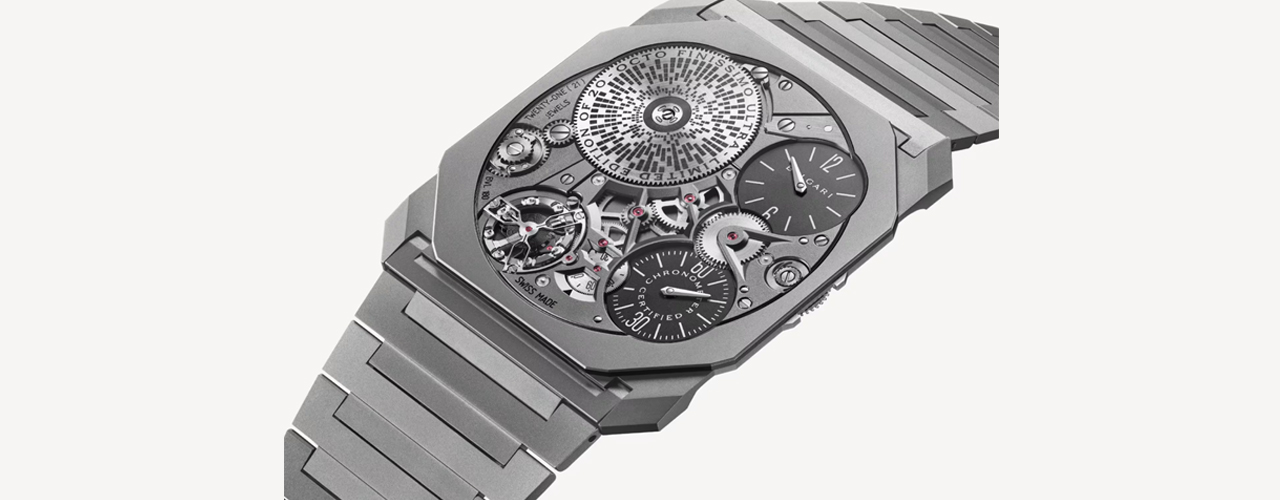
Two years passed. Had the brands finally put the competition to bed? Had they realized the margins were too small to be meaningful? At this year’s Watches and Wonders, Bulgari answered with a resounding “no.” At 1.70mm thick, the Octo Finissimo Ultra COSC was 0.05mm thinner than the RM UP-01 and 0.1mm thinner than the brand’s previous record holder from 2022. At first glance, the watch looks identical to the original Octo Finissimo Ultra. So where did Bulgari find one-tenth of a millimeter? Anticlimactically, the reduction comes from a slimmer sapphire crystal, which is 0.2mm instead of 0.3. To perhaps assuage that disappointment, Bulgari also made an impressive improvement to the movement. The 1.50mm-thick caliber BVL180 is now COSC-certified, a remarkable feat for a watch this thin. Another enhancement is visible on the dial; the QR code that defaced the ratchet wheel has been exchanged for a geometric pattern. As if to hammer home its absurdity, the Octo Finissimo Ultra COSC even comes with a special case that winds and sets the watch for you. Production is limited to 20 pieces, each priced at $590,000.
Here is where the story ends for now. In light of these four absurdly thin watches, we return to our original question of what a mechanical watch even is. In other words, at what point does a watch shed enough of the hallmarks of a conventional timepiece to enter a new category entirely? A wrist-mounted sundial is a portable timing device but could hardly be called a wristwatch. Perhaps Jaeger-LeCoultre had the right idea when it stopped on the cusp of absurdity. The width of a human hair is around 0.05mm, the same as the improvement the Octo Finissimo Ultra COSC made over the RM UP-01. The expression “splitting hairs” has rarely been more appropriate.
Write a Comment
Recent Posts
5 Brand Revivals to Watch
September 26, 2024
Will Audemars Piguet Continue to Grow under New Leadership?
September 6, 2024
The 5 Best High-End German Watch Brands
July 30, 2024
A Guide to Seikos New Releases
July 1, 2024
The Battle to Make the Thinnest Watch
June 27, 2024
The Limited-Edition Zenith Defy Zero G Sapphire
June 27, 2024
Watch Industry Trends in 2024
June 3, 2024
The Best Attainable High Complications
June 3, 2024
The Best Sector Dial Watches at Every Price
May 24, 2024
How To Choose a Watch
May 24, 2024
A Guide to TAG Heuers Latest Glassbox Chronographs
May 24, 2024
A Guide to Rolexs Releases from Watches and Wonders 2024
April 16, 2024
The Best Releases of 2024 So Far
April 9, 2024
Blancpain Finally Releases the Fifty Fathoms in 42mm
April 9, 2024
The Omega X Swatch Snoopy MoonSwatch
April 3, 2024
H. Moser & Cie Pioneer Tourbillon Midnight Blue
March 28, 2024
The Best Luxury Alternatives to the Royal Oak and Nautilus
March 22, 2024
The Best Affordable Integrated-Bracelet Sports Watches
March 20, 2024
A Brief Introduction to Microbrands
March 20, 2024
Omega Launches a White-Dial Speedmaster
March 20, 2024
How Do Affordable Watches Generate Hype?
March 15, 2024
The New Piaget Polo 79
March 15, 2024
Unique Complications You Might Not Know
December 8, 2023
The F.P. Journe Octa Divine
December 8, 2023
A Guide to Leather Watch Straps
September 22, 2023
The Biggest Tudor News in 2023
September 22, 2023
Should I Buy Used Watches Online or In-Person? Pros and Cons
September 21, 2023
An Overview of Rolex's New Releases
April 18, 2023
The Best Luxury Field Watches on the Market
March 24, 2023
The Unexpected Redemption of the Code 11.59
March 14, 2023
Submariner vs. Sea-Dweller: Which Should I Buy?
March 14, 2023
The Best of High-End Quartz
February 21, 2023
Watches from Movies and TV You Might Have Missed
February 10, 2023
The Richard Mille RM 030 Japan Limited Edition
December 30, 2022
THE GREUBEL FORSEY BALANCIER S CARBON
December 7, 2022
Rolex Explorer Watches
October 8, 2015
Rolex Daytona Cosmograph
October 7, 2015
Rolex Air King Watches
September 8, 2015
Insane Watches Worn By the Rich And Famous
July 10, 2015
8 Best Luxury Watches For Travel
July 10, 2015
MONTRES BREGUET: REINVENTING THE SOUL OF HOROLOGY
May 12, 2015

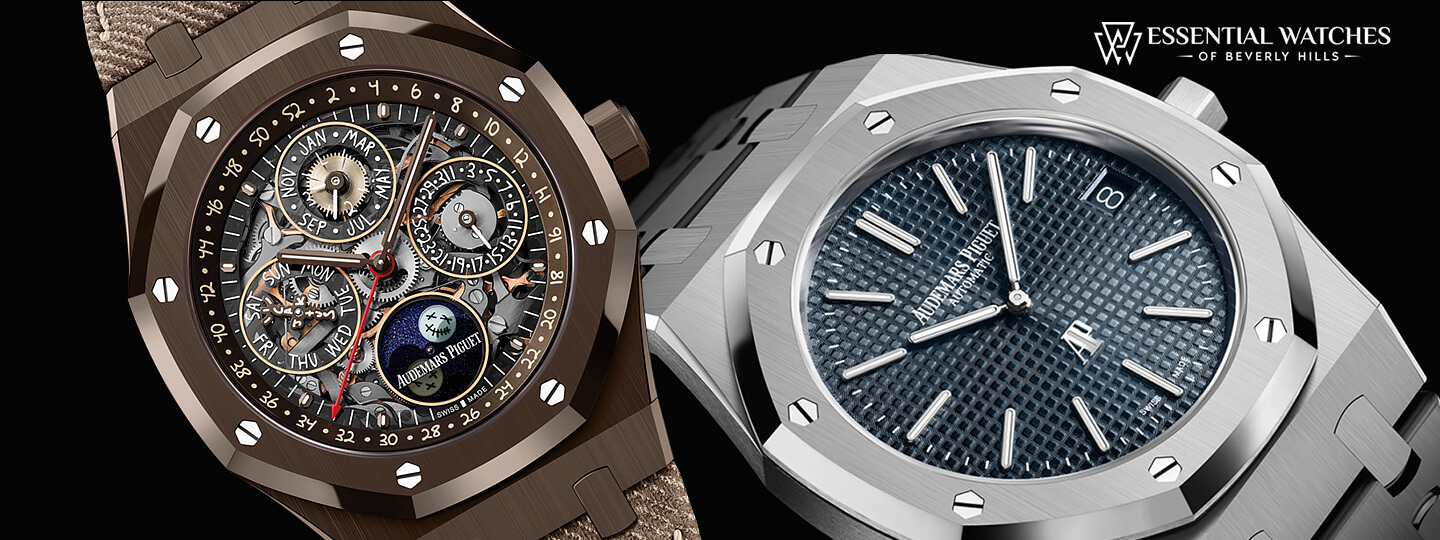



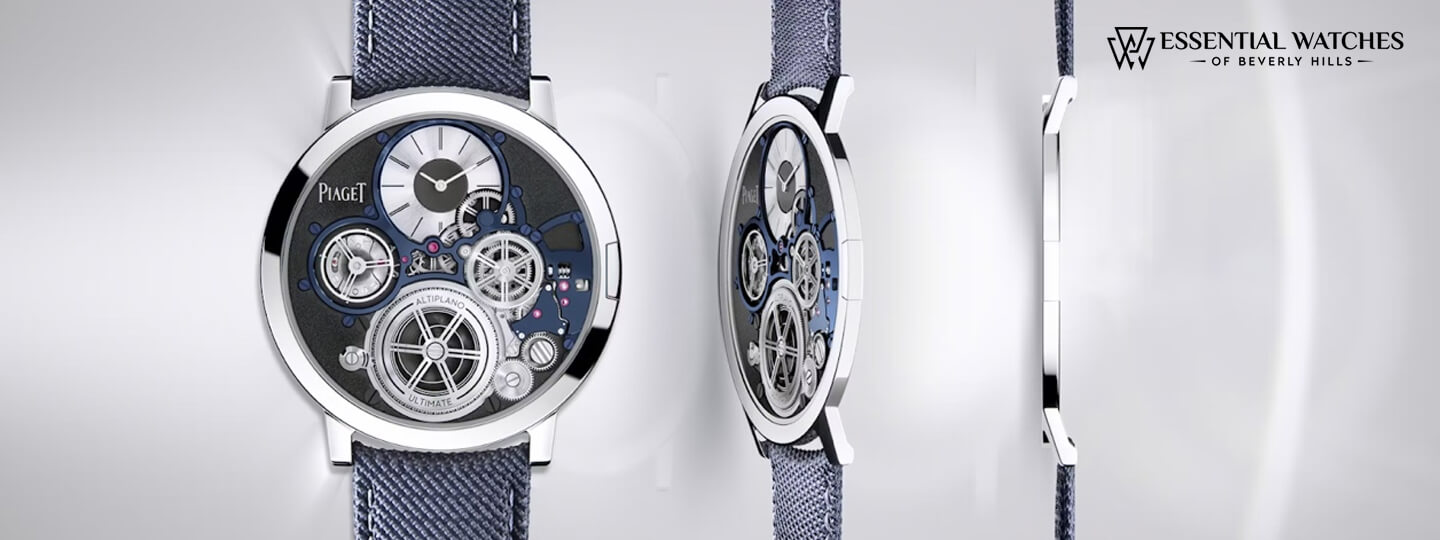
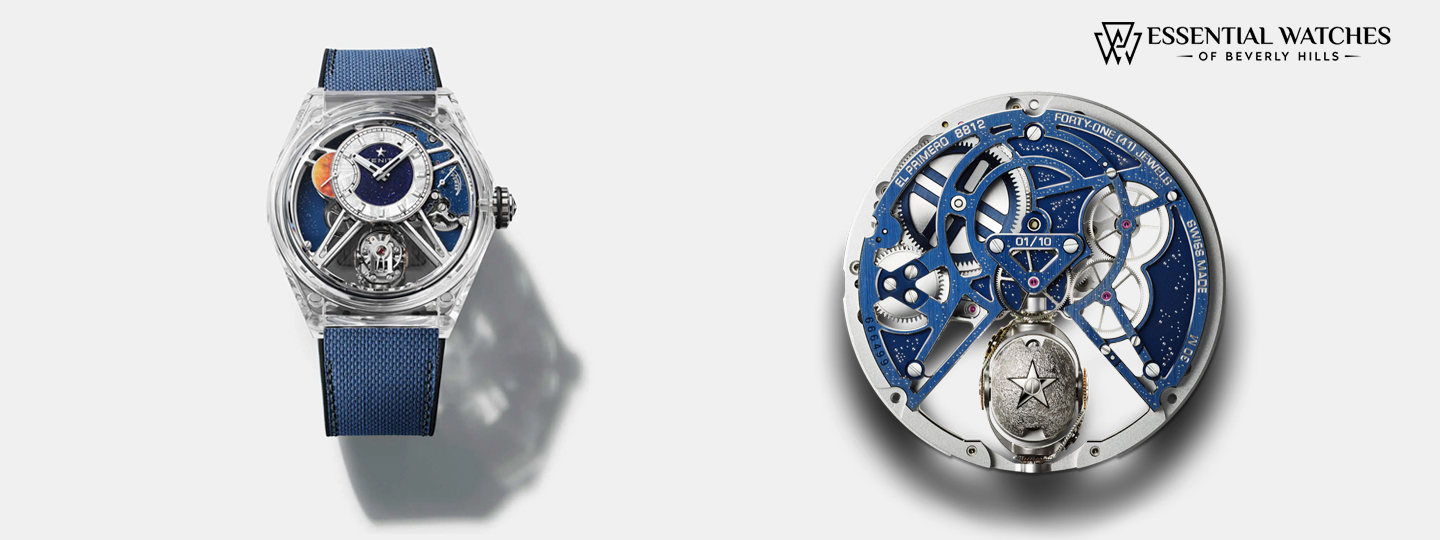

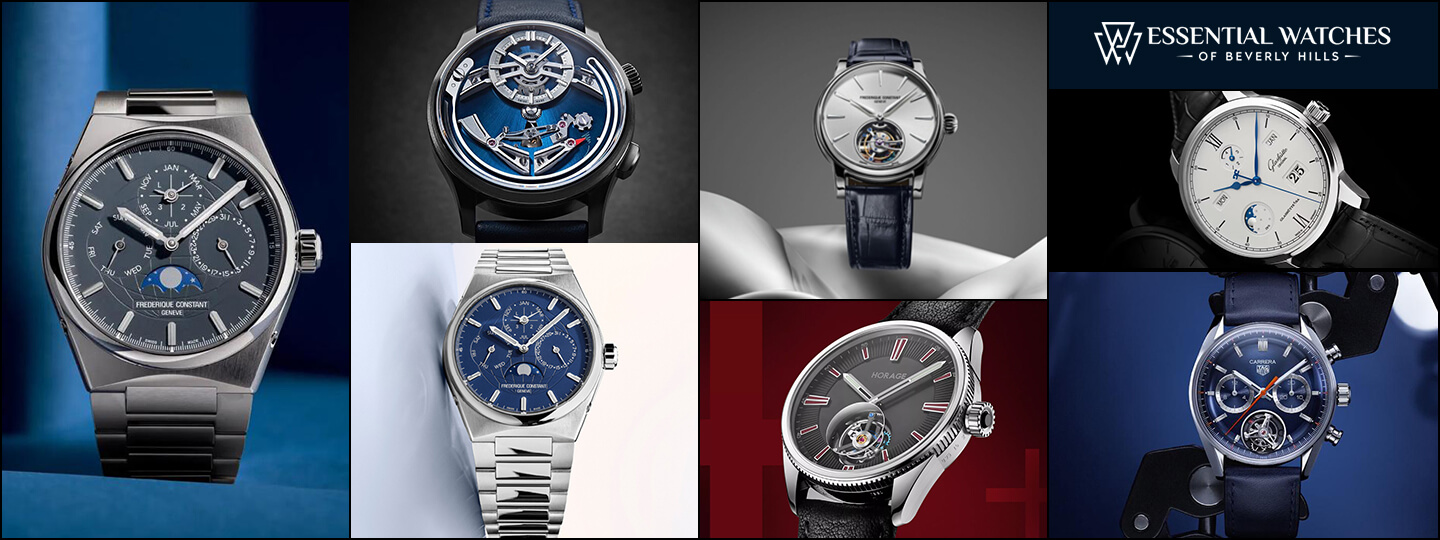
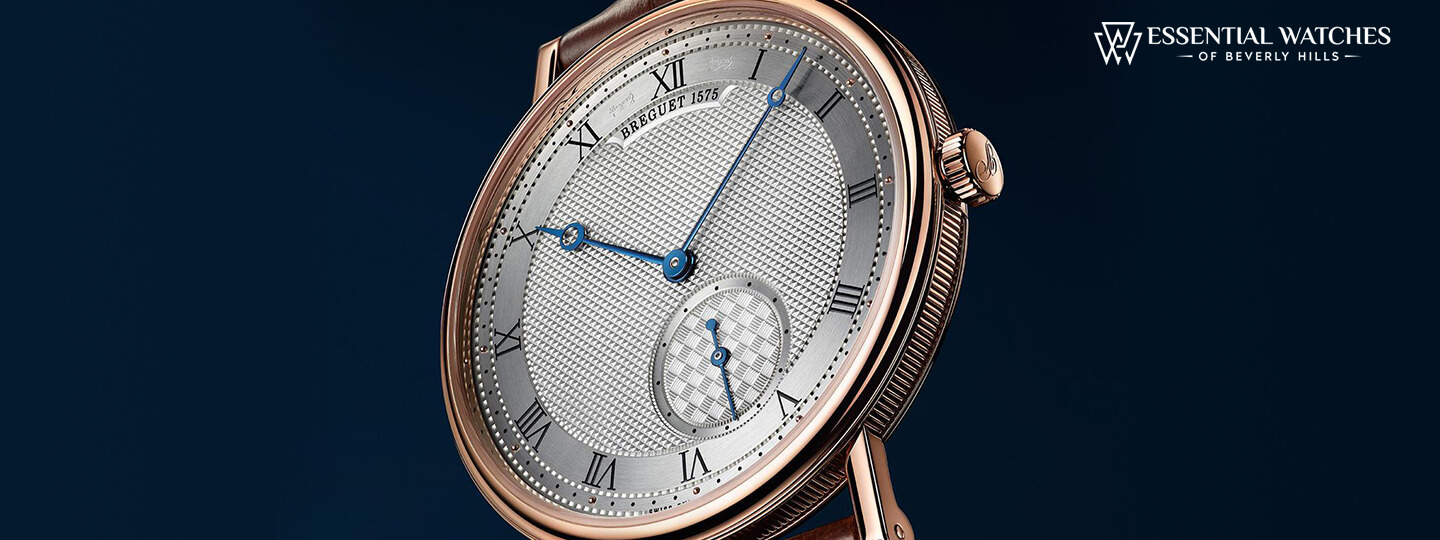

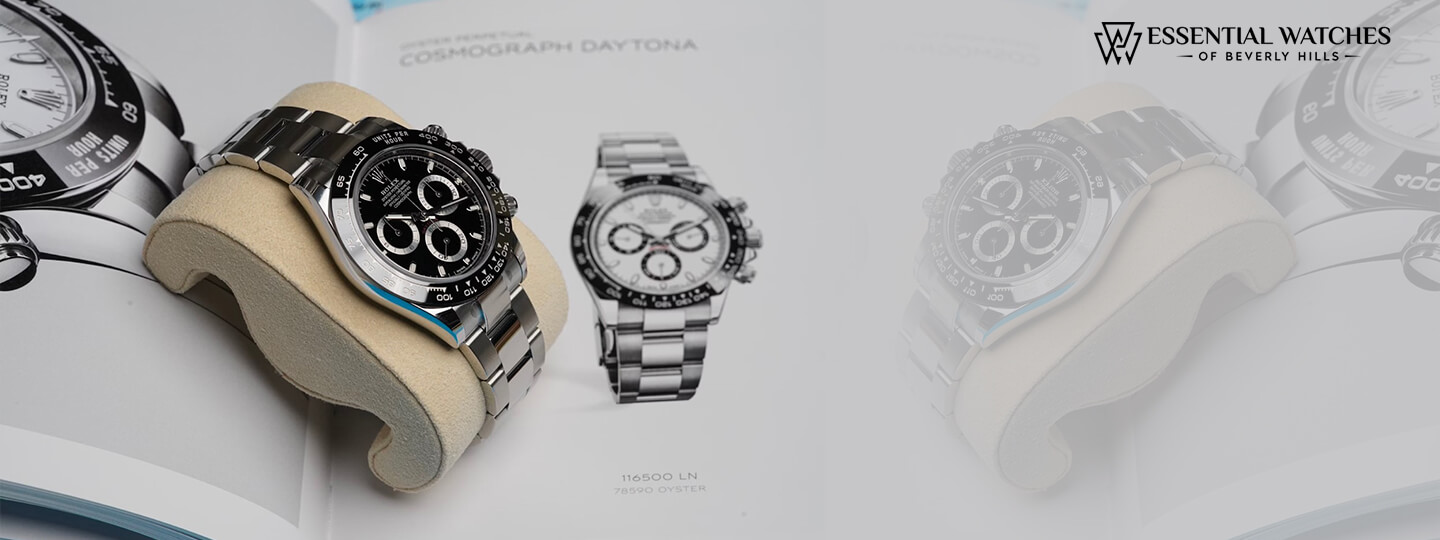

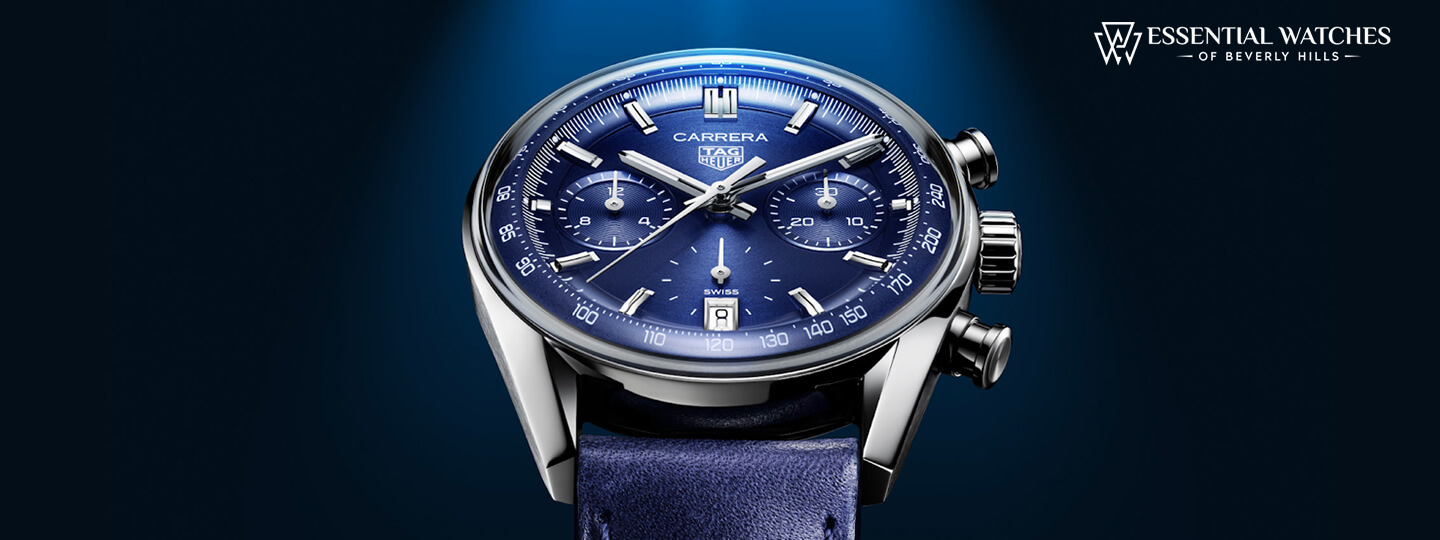



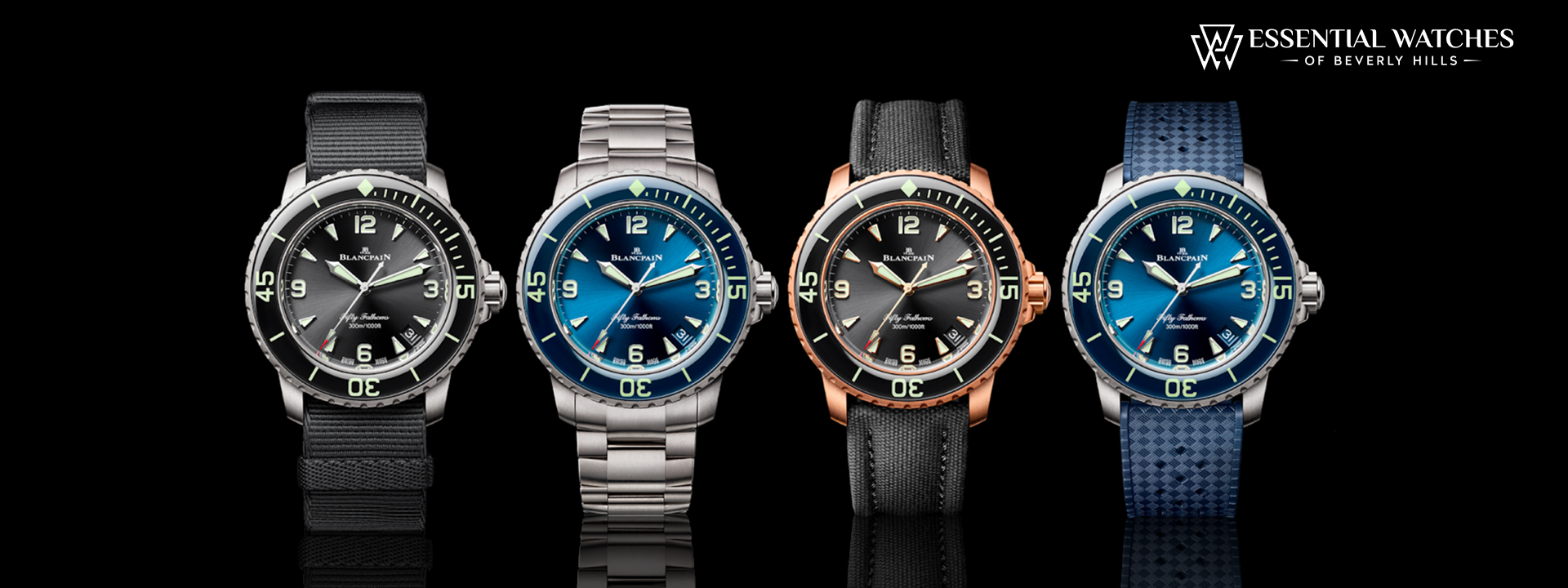

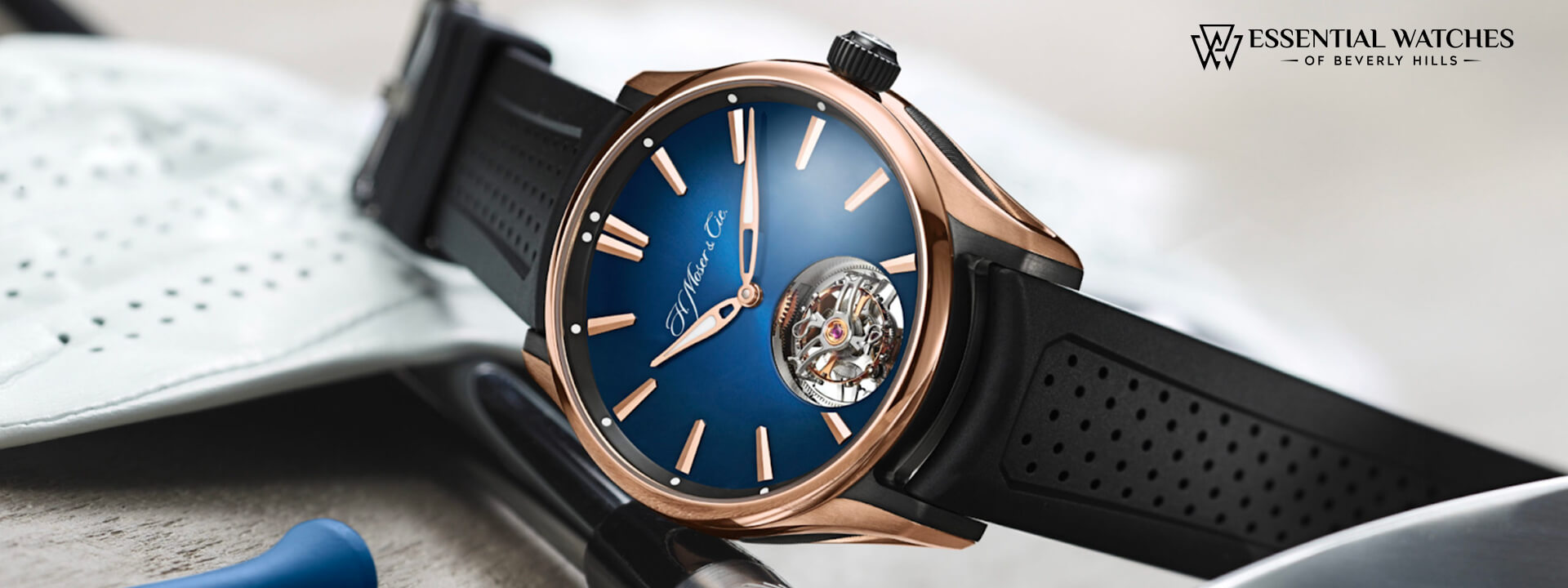
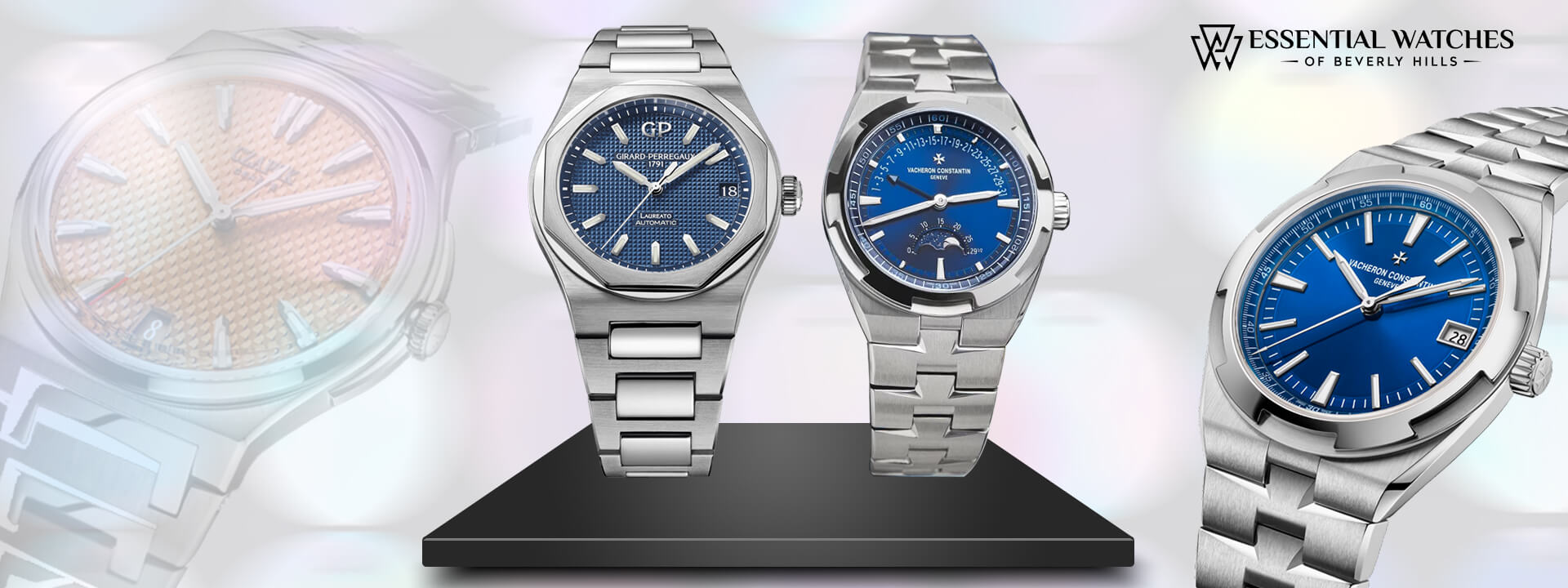
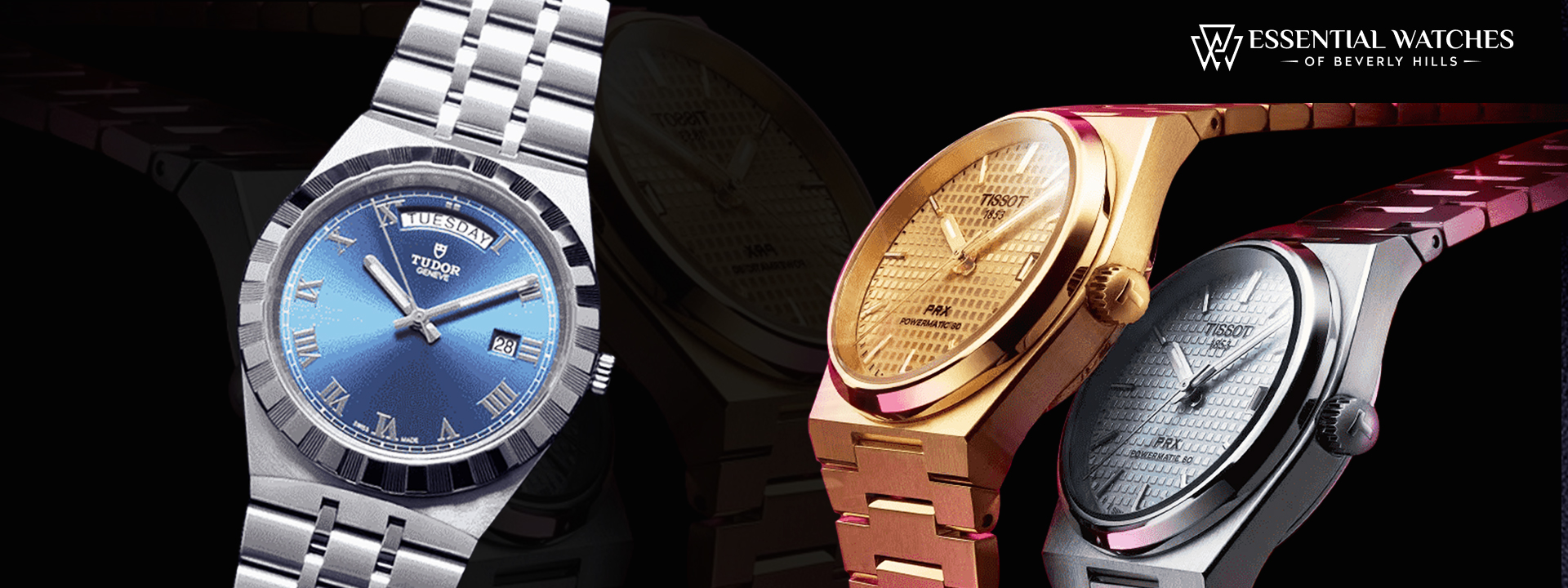
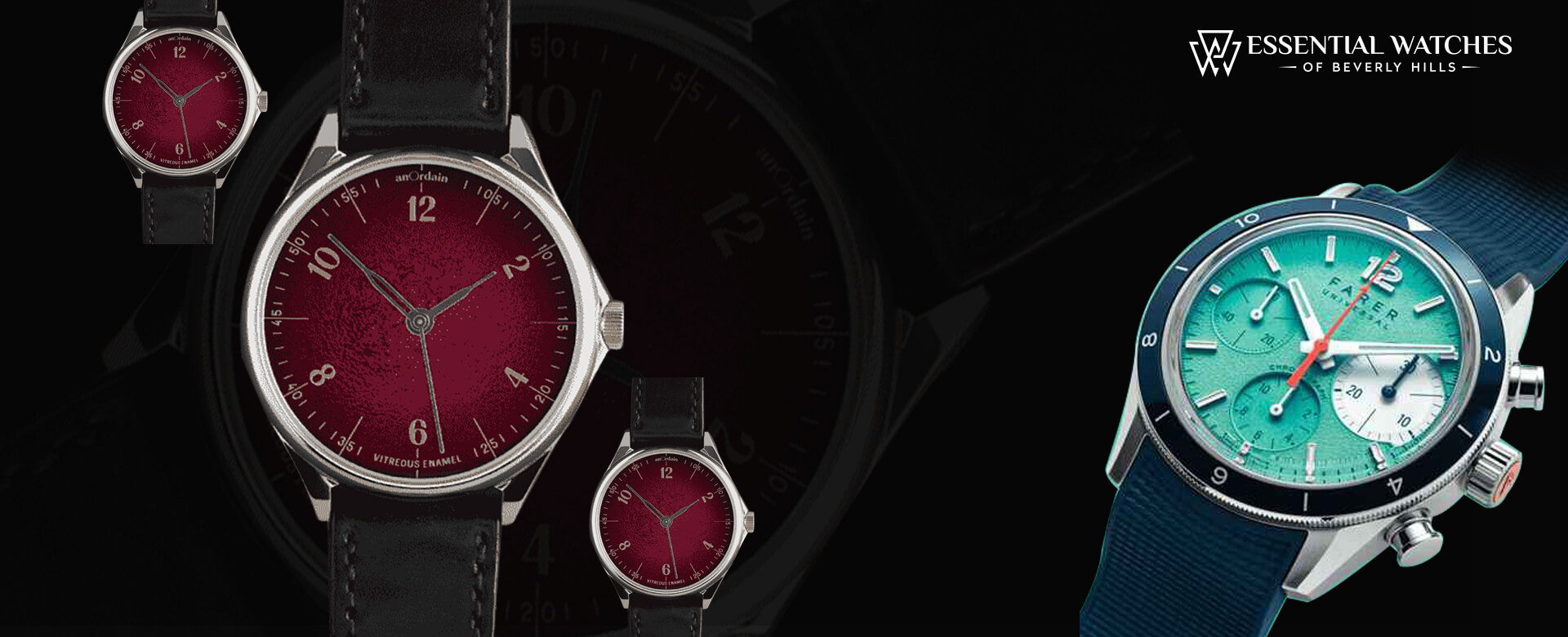
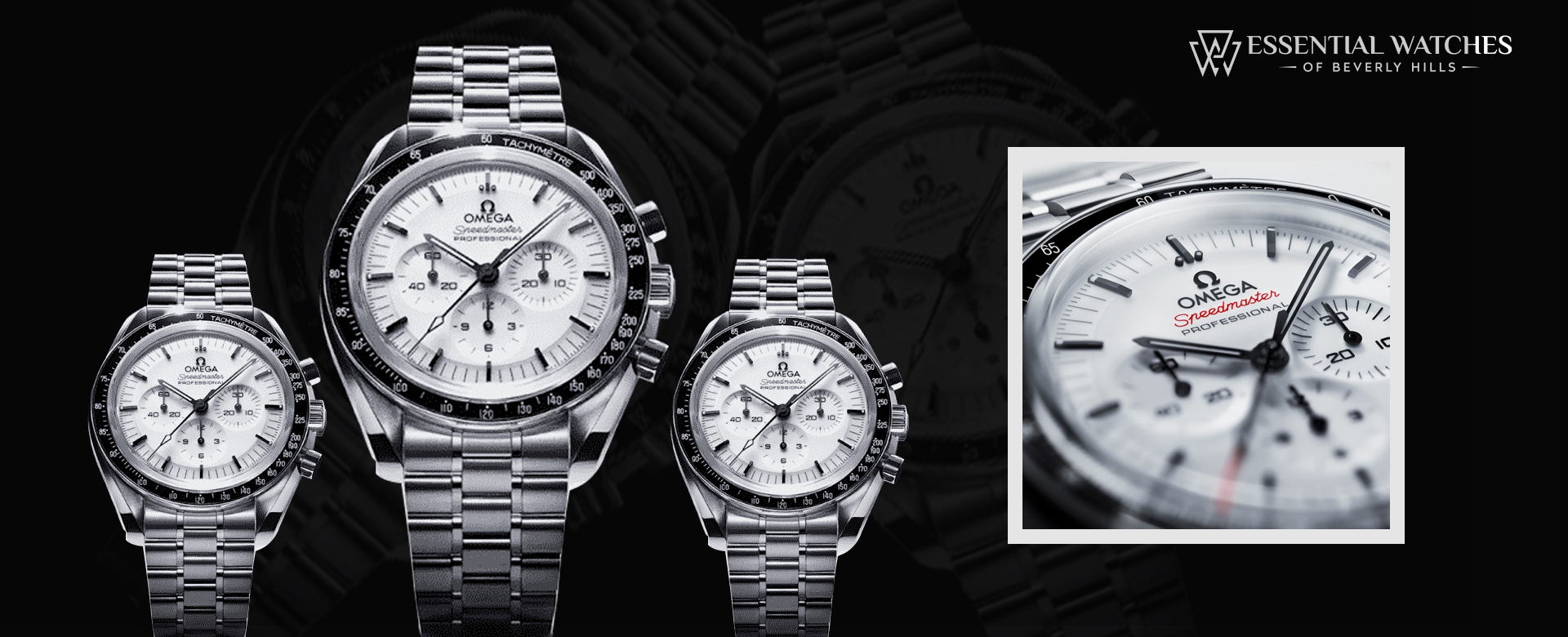
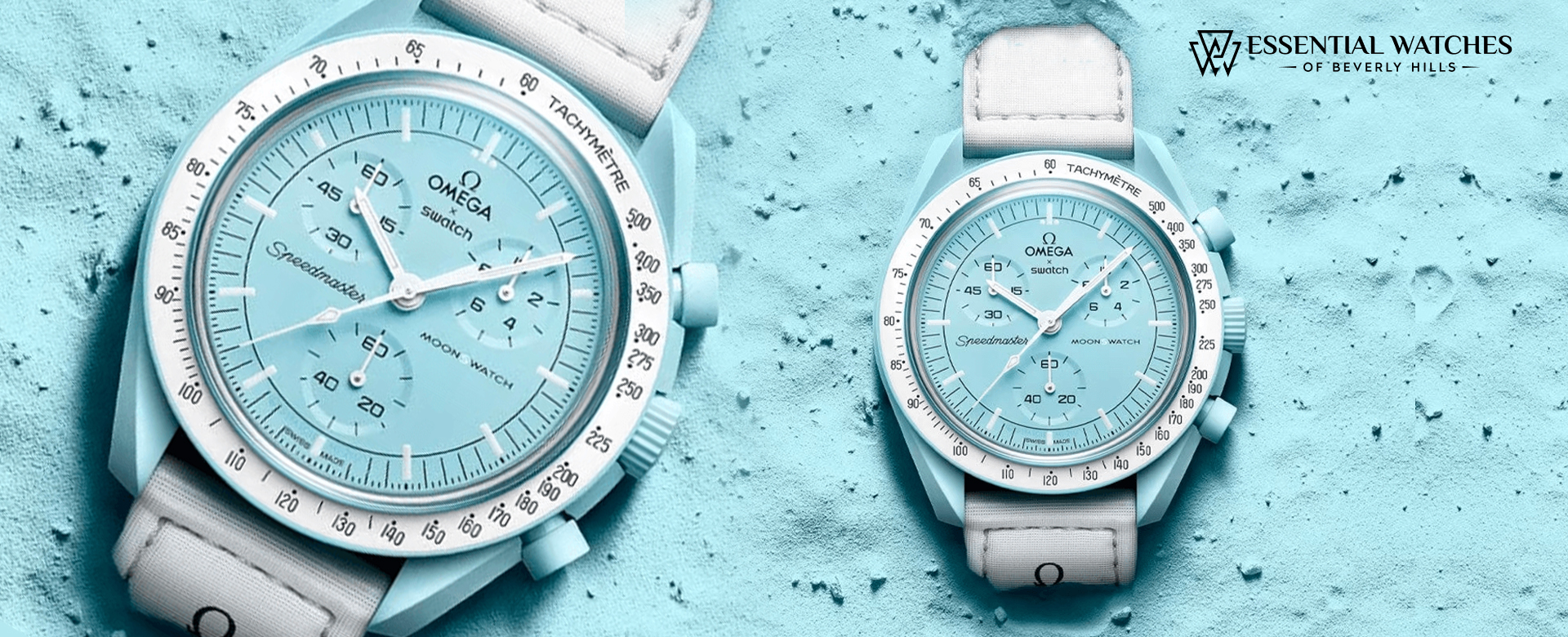
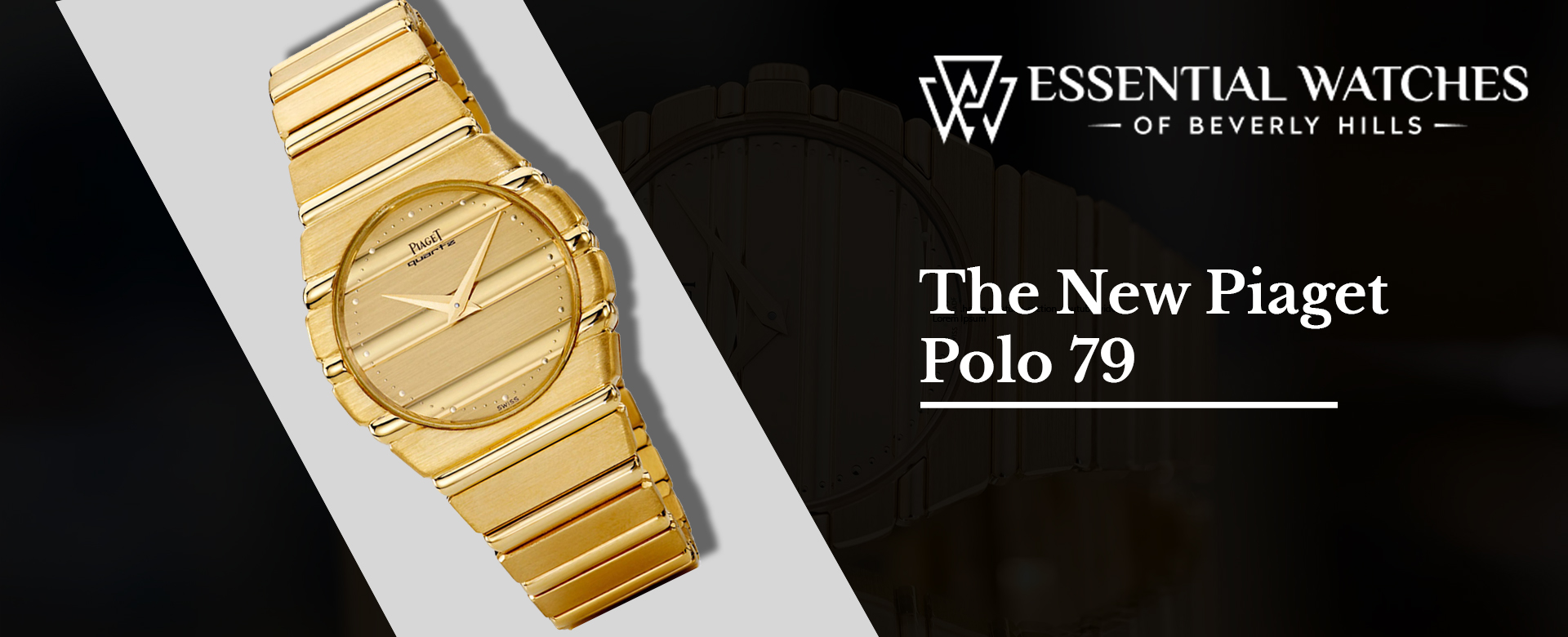
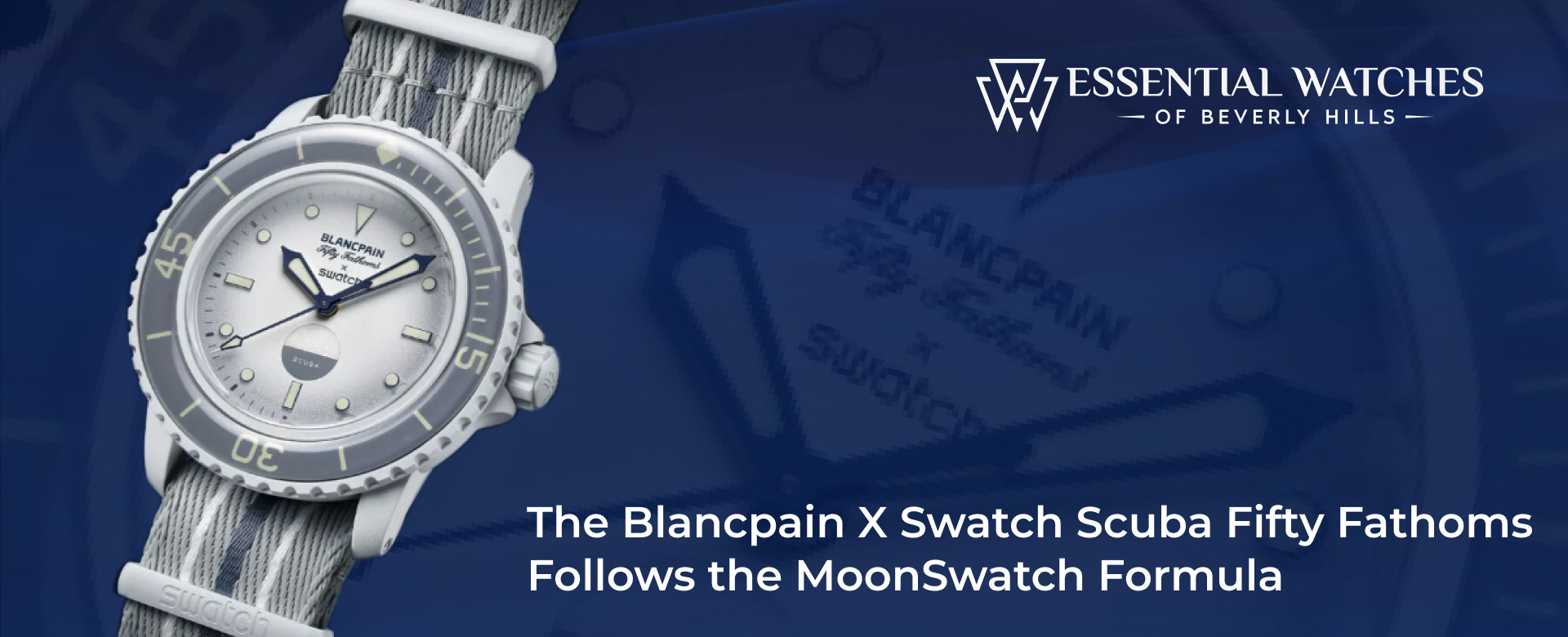

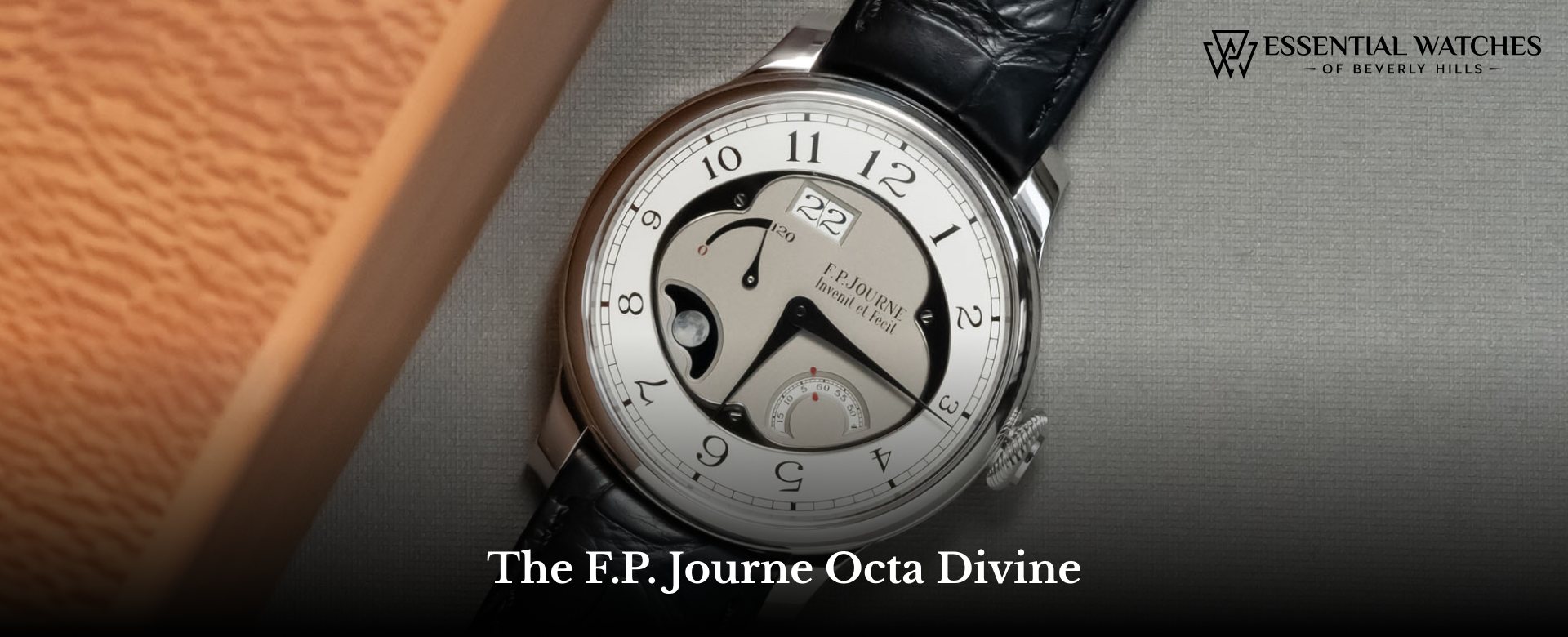







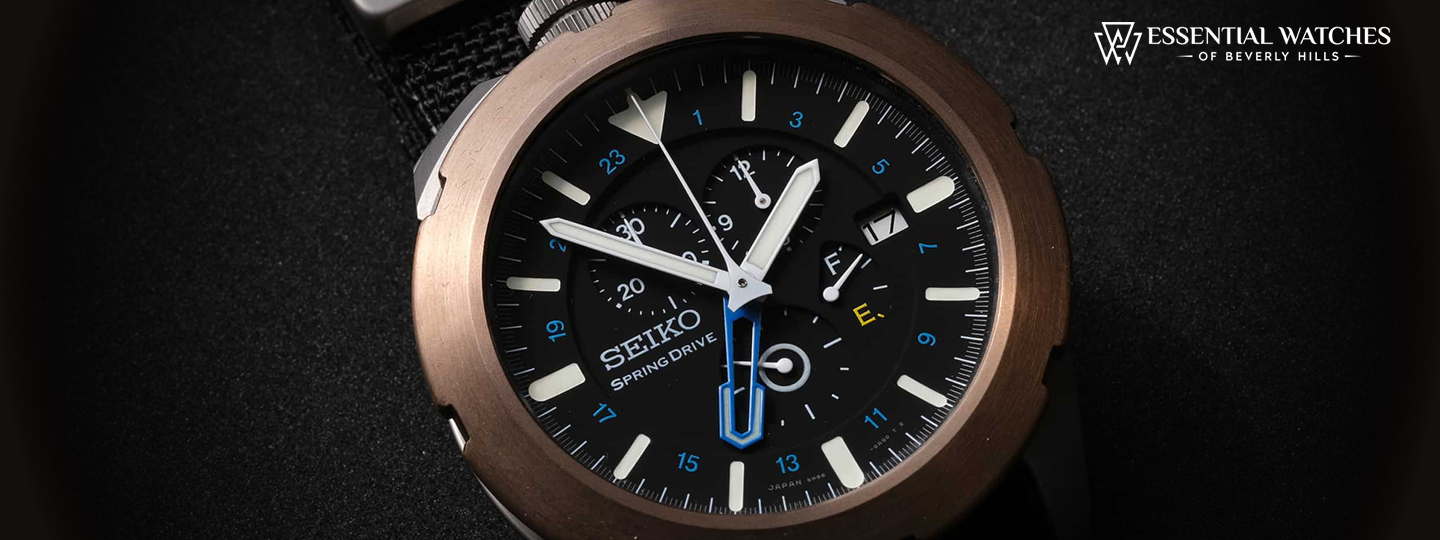








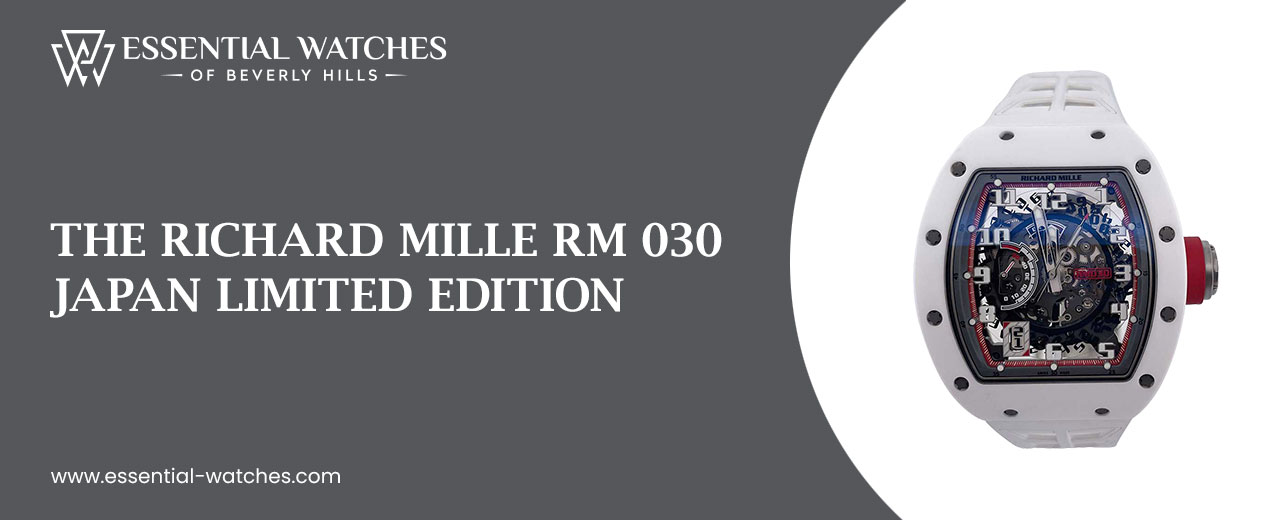







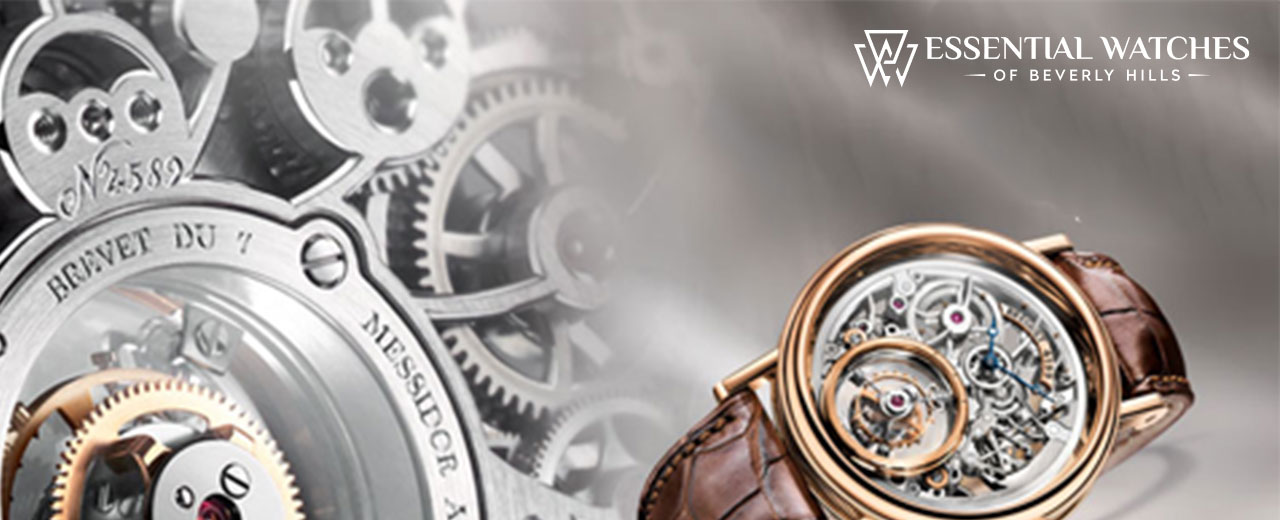

0 Comments